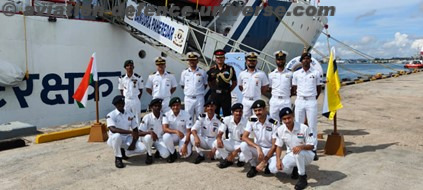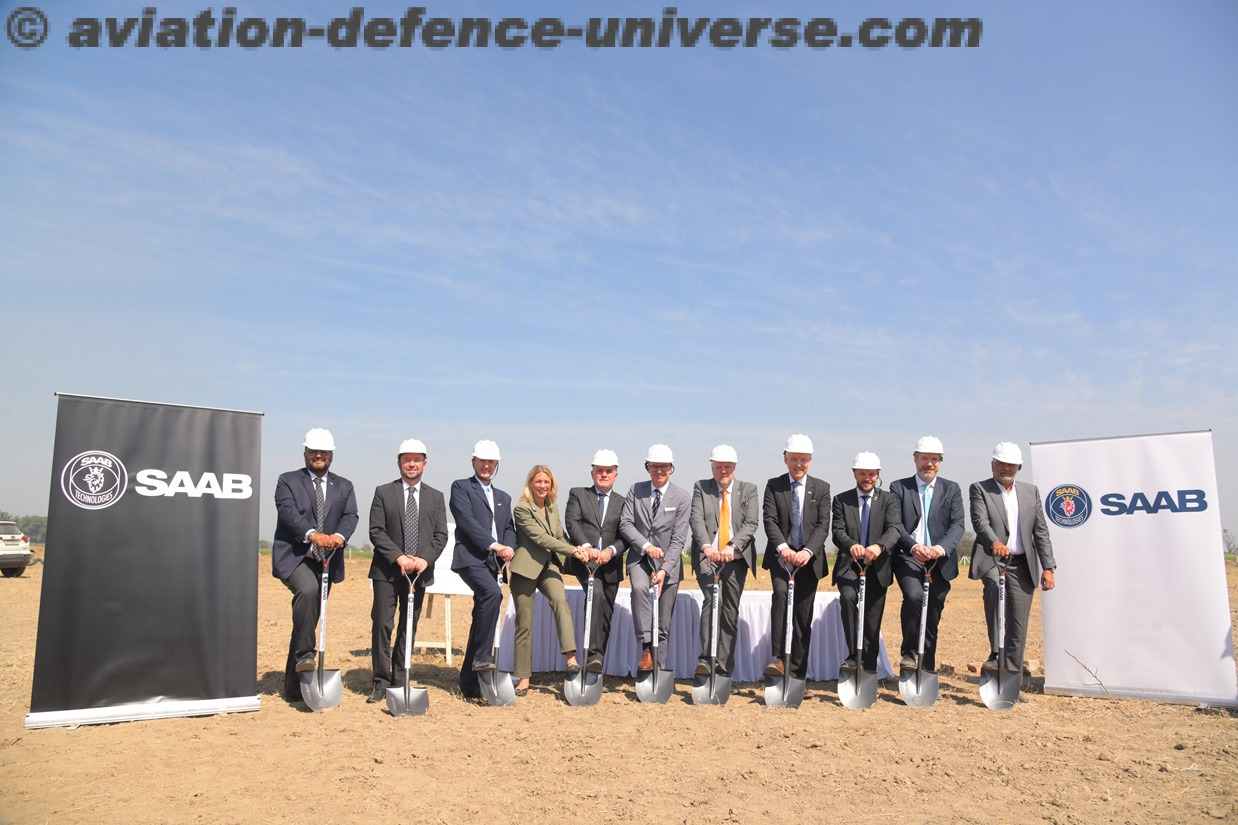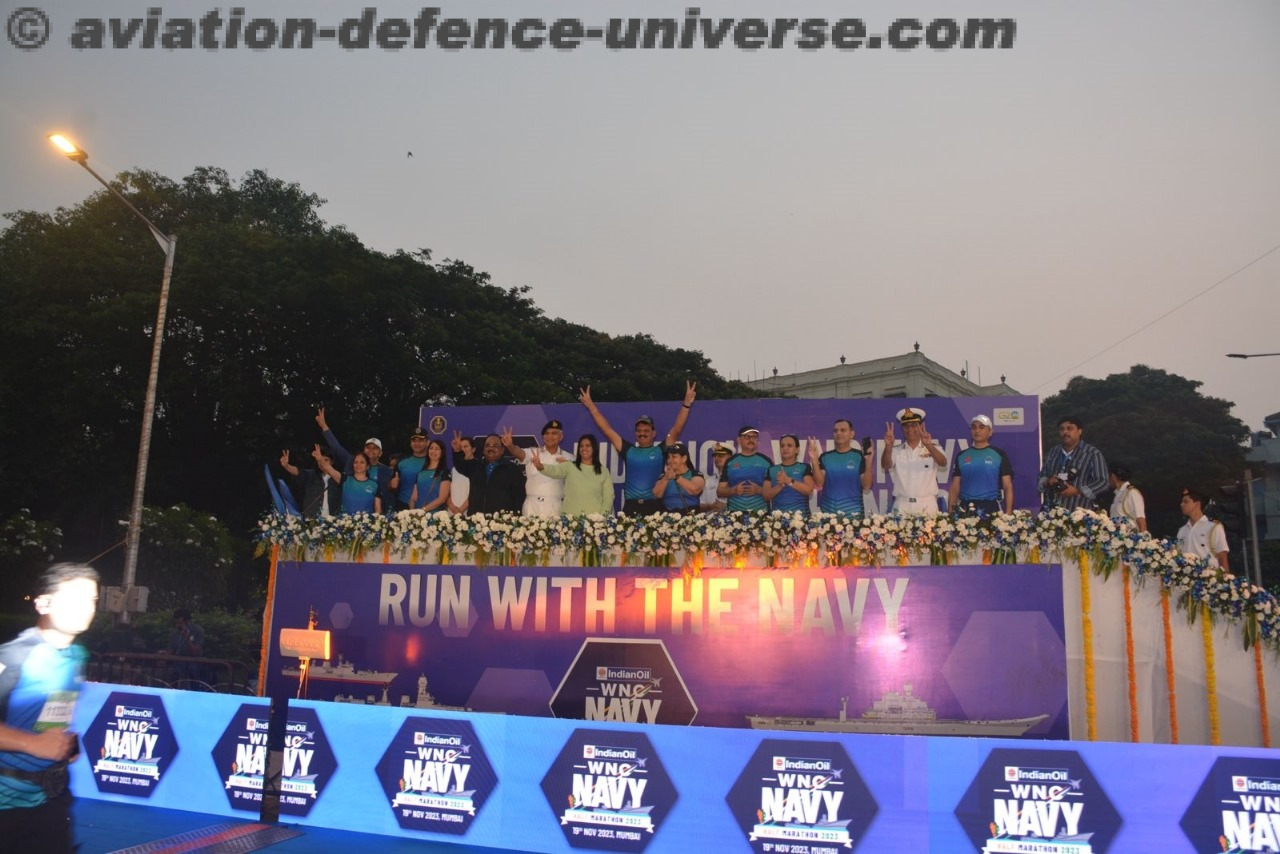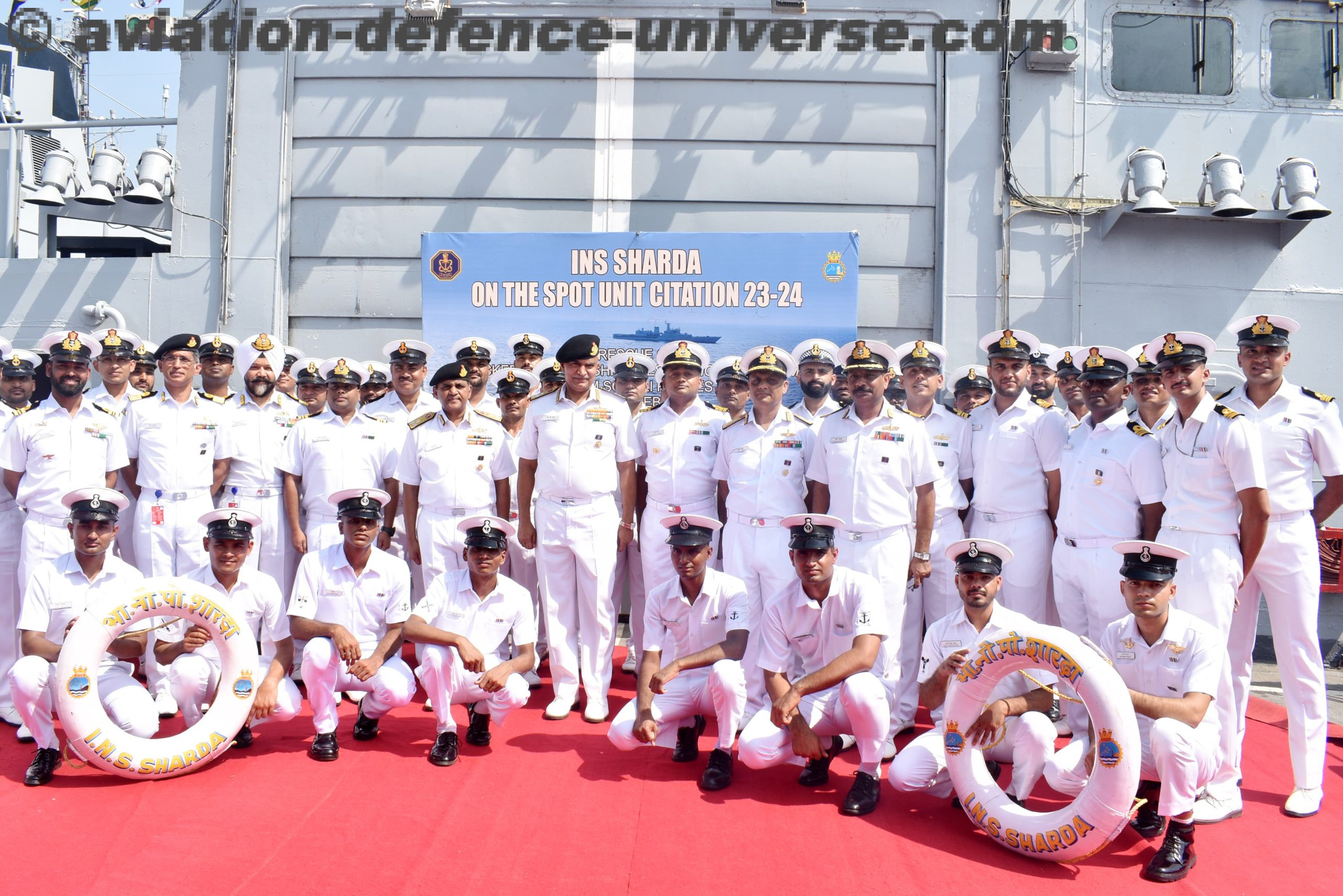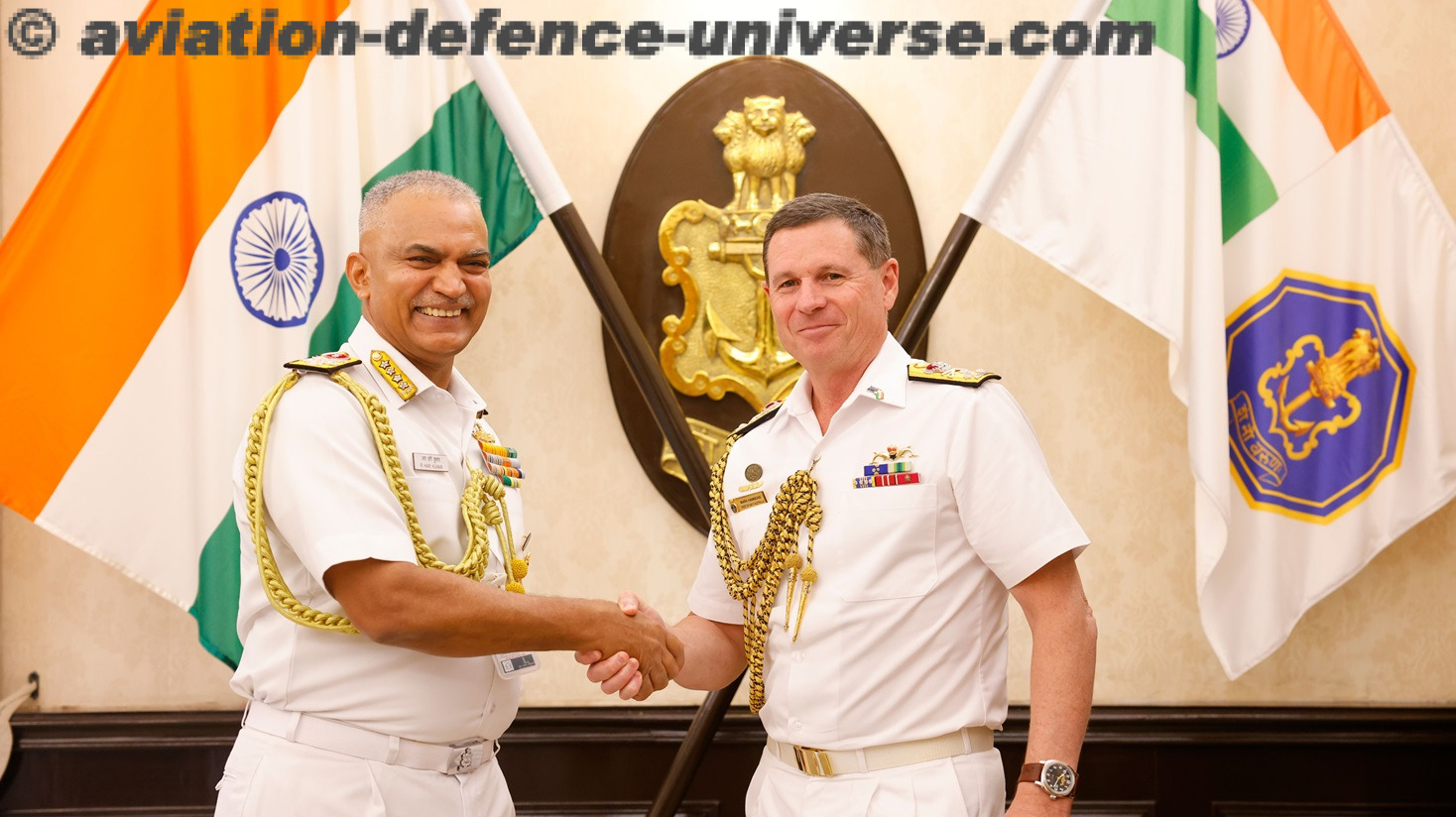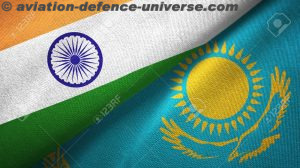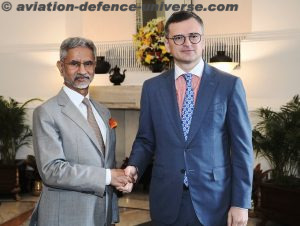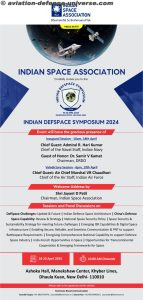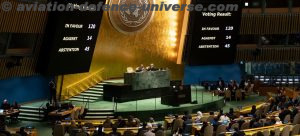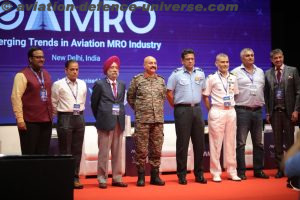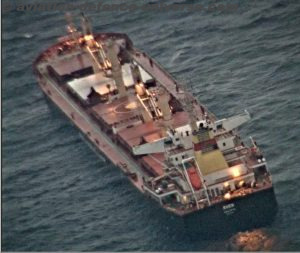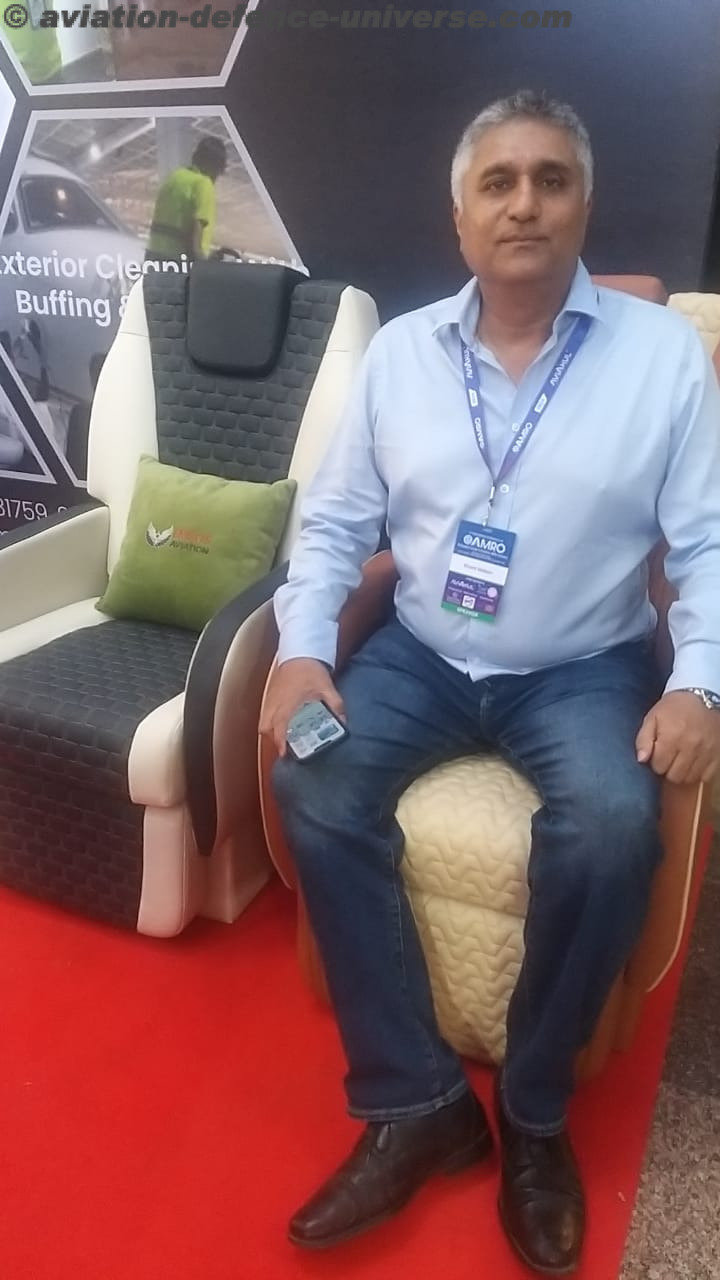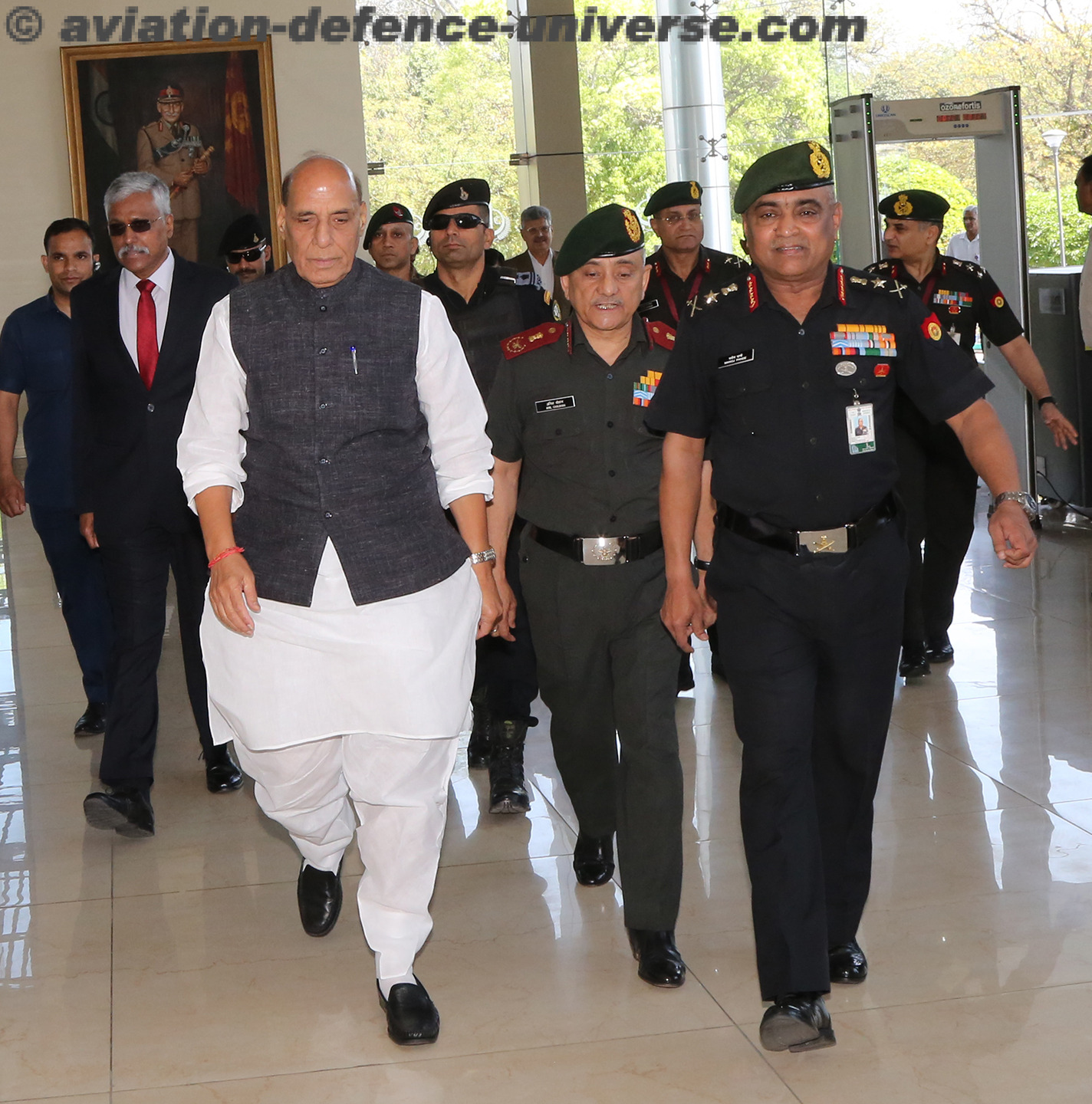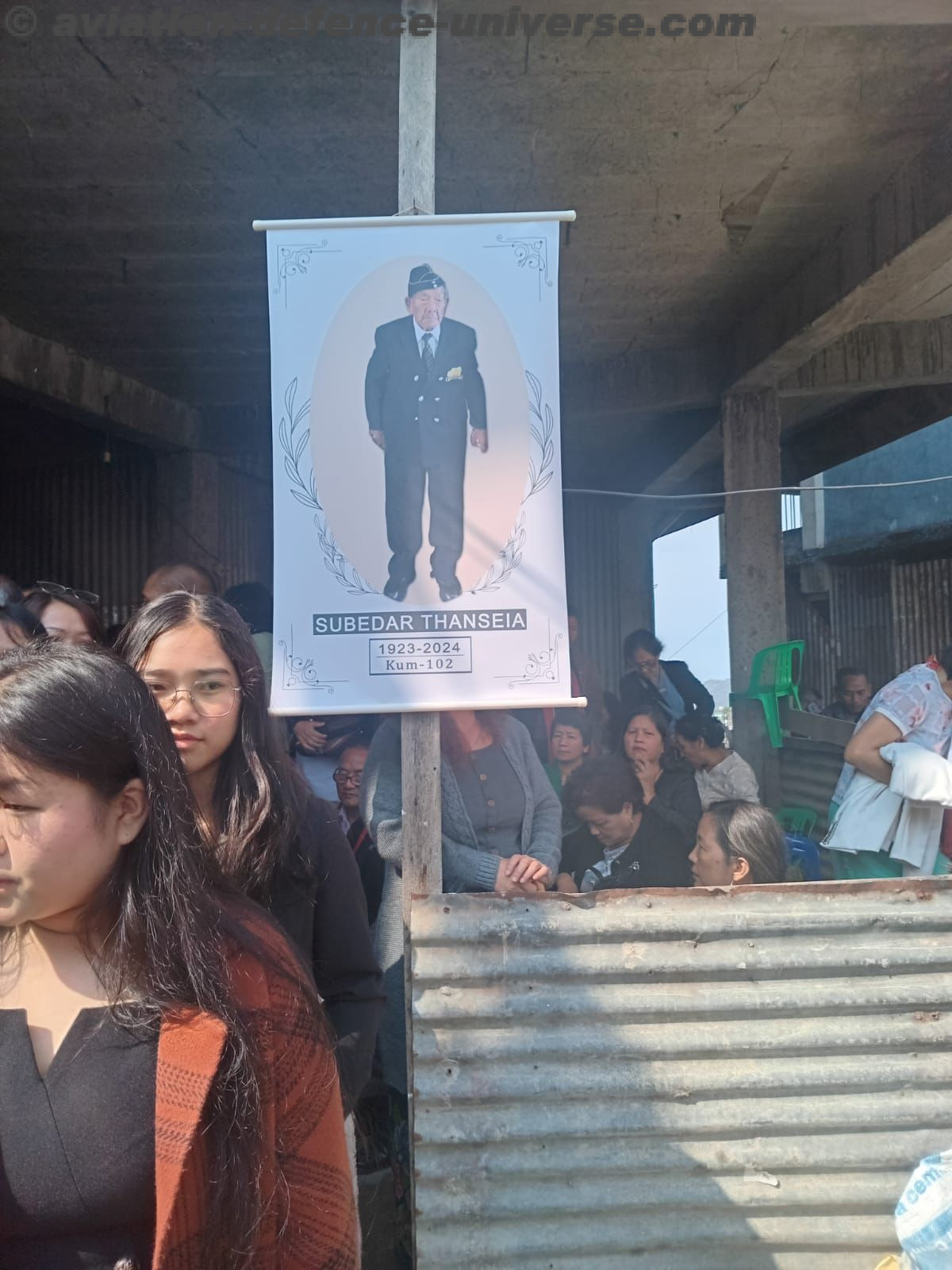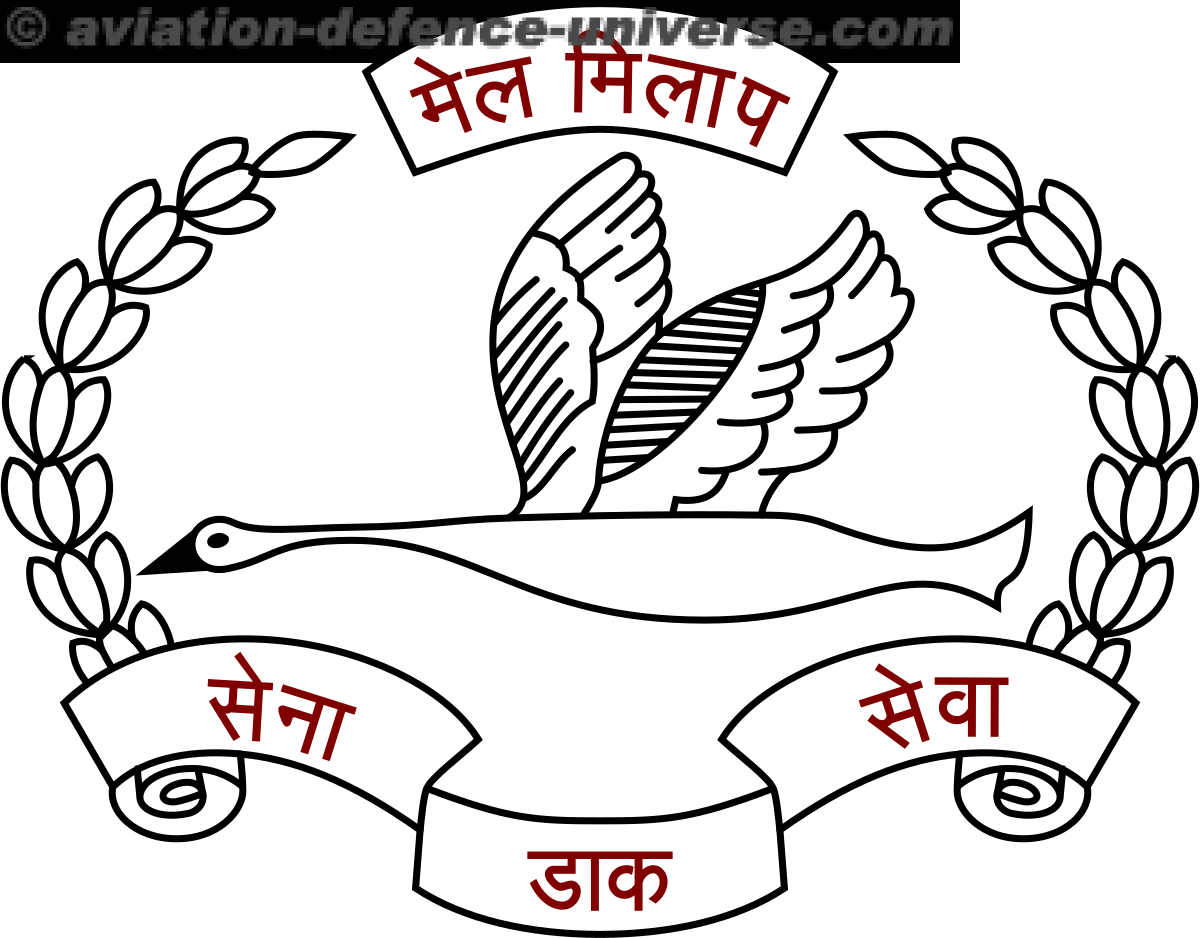New Delhi. 31 December, 2015. Path-breaking, Proactive, Pragmatic – these three P’s encapsulate the diplomatic initiatives and outreach of the Government of India led by Prime Minister Narendra Modi in 2015.It was a year marked by out-of-box thinking, boldness of vision and energetic execution, which has reignited the ‘India Story’. In the process, India proved itself to be a major player in shaping evolving debates across issues, ranging from global governance reforms and climate change to trans-national terrorism and cyber security.
The neighbourhood continued to be the primary focus of attention as a historic agreement with Bangladesh was completed, and India rushed to assist Nepal after a devastating earthquake. The Afghan President came calling, while relations with Sri Lanka received new impetus. 2015 was a milestone in Indian diplomacy in reinvigorating India’s ties with all P5 powers, with Prime Minister Narendra Modi visiting the US, China, France, Britain and Russia, paving the way for marked acceleration of multi-faceted relations with all these countries. It was also a year in which India’s multi-hued engagement with crucial regions of the world, including Africa, West Asia, Central Asia and South-East Asia acquired a new vitality and a long-term vision, opening new vistas for mutually empowering cooperation. The Third India-Africa Forum Summit rejuvenated old historical and cultural ties between the two growth poles of the world and placed the special partnership at the heart of an evolving world order. India’s summit with Pacific Island states signaled a new thrust in India’s diplomacy, which entails taking major powers as well as small and significant states together in the pursuit of common goals and shared interests. Relationships with multilateral groupings such as BRICS, G-20 & Commonwealth were strengthened. The last twelve months also saw India celebrating and bolstering its connections with the 25-million strong Indian diaspora spread across hemispheres, through a host of new initiatives.
Building upon Prime Minister Modi’s path-breaking initiative of inviting all SAARC leaders to his swearing-in ceremony last year, India continued to reach out proactively to its immediate neighbours in South Asia for a sustained engagement.
Bangladesh
Transformational Diplomacy acquired a new resonance with the Prime Ministerial visit to Bangladesh in June that saw the exchange of instruments of ratification of the landmark land boundary agreement. It was literally ushering in a new dawn for thousands of people living on tiny islands of land as India and Bangladesh swapped enclaves, bringing to an end their 68-year-old boundary dispute. The formal swapping of enclaves has brought a new life of hope and dignity for around 51,000 people living in 162 enclaves across both countries, and underlined possibilities of how diplomacy can provide a new direction to the lives of ordinary people.
The June 6-7 visit of PM Modi also saw India-Bangladesh developmental cooperation scaling new heights, with India pledging a $2 billion Line of Credit for Bangladesh, the largest single LOC for any country committed by India. The $2 billion LOC has raised the bar for India’s engagement with Bangladesh and is set to bring the two neighbours in a web of trade, connectivity and shared prosperity. Projecting a narrative of interlinked destinies, the two countries took a host of steps to enhance connectivity, including the launch of two new bus services. The two countries are a part of the sub-regional cooperation between Bangladesh, Bhutan, India and Nepal to enhance connectivity and regional integration.
Sri Lanka
Similarly, India’s relations with Sri Lanka scaled new frontiers with a spate of two-way visits by the leaders and foreign ministers of the two countries, within months of the newly-elected Sri Lanka President Maithripala Sirisena taking charge of the island nation. During PM Modi’s visit to Sri Lanka in March, India pledged $318 million Line of Credit for railway upgradation (New Delhi’s development assistance is already about $1.6 billion), unveiled a currency swap agreement of US $1.5 billion to help stabilise the Sri Lankan rupee and to develop Trincomalee as a regional petroleum hub with the cooperation of Lanka IOC (Indian Oil Corp’s subsidiary in Sri Lanka) and Ceylon Petroleum Corporation. Both countries also signed four pacts regarding visa exemption for official passport holders, youth exchanges, customs agreement (to address trade concerns and reduce non-tariff barriers) and the construction of the Rabindranath Tagore auditorium at the Ruhuna University with India’s aid.
Afghanistan
Amid the backdrop of the unfolding transition in Afghanistan, India sustained its engaged with Afghanistan and promoted a narrative of friendship in the strife-torn country. The visit of Afghan President Ashraf Ghani to India in April 2015 saw India reiterating its commitment to the reconstruction of Afghanistan. With the economic flowering of Afghanistan in mind, the two sides focused on working towards a more liberalized business visa regime. Afghanistan welcomed India’s decision to extend the 1000 scholarships per year scheme by another 5 years as part of capacity building initiatives. India continues its assistance to the construction of theIndia-Afghanistan Friendship (Salma) Dam in Herat, expected to be completed in the first half of the coming year. The Parliament Building in Kabul constructed with Indian assistance has already been completed as well as on the Doshi and Charikar power stations.
Bhutan
India’s all-weather friendship with Bhutan, which was galvanized after PM Modi’s visit to the country last year, continued on an upward curve. The visit of Bhutan’s Prime Minister Tshering Tobgay to India in January focused on optimizing cooperation in the field of hydropower – the centerpiece of economic cooperation between the two countries. The two sides expressed satisfaction over the progress of the three ongoing HEPs totaling 2940 MW under the inter-governmental model. They reiterated their commitment to the 10,000 MW initiative and in this context, to the early implementation of the four JV-model projects, totaling 2120 MW.
Nepal
When Nepal was hit by a massive earthquake on April 25, India was the first to respond to the calamity and the humanitarian tragedy that followed by launching its largest disaster response abroad, Operation Maitri. During EAM’s visit to Kathmandu in June, India pledged $1 billion grant for the reconstruction of the quake-hit Nepal. However, the political situation within Nepal offered challenges in the wake of the promulgation of a new constitution that did not take into account the concerns of all sections of the populations. India continues to push for an early resolution of the internal crisis by urging dialogue amongst all sections of society and a consensus driven political solution.
Maldives
India also engaged with the Maldives leadership despite political volatility in the island country. This was reflected in the meeting between the foreign ministers of India and the Maldives on the sidelines of the UN summit in New York in September. External Affairs Minister Sushma Swaraj followed it up with a visit to the island nation from October 10-11 to reinvigorate ties.
Pakistan
India has consistently said that it wants better relations with Pakistan, but this can be only possible in an atmosphere free of terror and violence. Improving relations remained a major challenge in the backdrop of terror attacks but India made a bold beginning with a meeting between PM Modi and Pakistan Prime Minister Nawaz Sharif on the sidelines of the BRICS summit in Ufa, Russia. The meeting ended with a shared position that India and Pakistan have a collective responsibility to ensure peace and promote development. The two sides unveiled a five-point agenda to address concerns on terrorism and to promote people-to-people contact. Despite a number of hurdles including on account of terror attacks in the aftermath of Ufa, and Pakistan calling off the initial round of NSA level talks, a significant breakthrough was achieved in December with the NSAs meeting in Bangkok, followed by the EAM’s visit to Islamabad for the Heart of Asia Conference. On its sidelines, EAM called on PM Nawaz Sharif and met with her counterpart, Sartaj Aziz following which they issued a joint statement condemning terrorism, noting that NSAs would continue discussions on all aspects related to it and Pakistan would expedite the trial in the Mumbai attacks case. Accordingly, both sides agreed to initiate a comprehensive bilateral dialogue, the modalities of which would be worked out by the Foreign Secretaries. PM made a surprise visit to Lahore while returning from Afghanistan. This is definitely a smart diplomacy to improve the bilateral relations.
Myanmar
With Myanmar on the cusp of a historic democratic transition, India welcomed the elections and the PM congratulated Aung San Suu Kyi for her victory in Parliament. Bilateral relations remained on the upward trajectory with the First India-Myanmar Joint Consultative Commission (JCC) Meeting held in New Delhi on July 16, 2015, steps to further enhance the existing air connectivity, extending a US$ 500 million Line of Credit to the Government of Myanmar for development priorities, and a commitment to enhance the regional and sub-regional cooperation under the BCIM-EC and the BIMSTEC framework. India also played an instrumental role in providing disaster relief support to Myanmar in response to widespread floods and landslides caused by Cyclone Komen.
China
In our extended neighbourhood, India’s relations with China acquired a new stability and added economic and strategic content. Building upon the State Visit of President Xi to India in September last year, PM Modi undertook a three-city tour of China, which was unique in many ways. PM’s visit was preceded by that of EAM’s visit to Beijing in February that saw the launch of the ‘Visit India Year’ in China and extensive discussions with the Chinese leadership on a host of bilateral and regional issues.
Blending diplomacy, culture, business and geopolitics, the May 14-16 visit forged a new narrative of “major powers” engagement and placed the burgeoning relations between India and China as central to the realisation of an emerging Asian century. In a rare gesture, Chinese President Xi Jinping welcomed Prime Minister Modi in Xi’an, the first time President Xi hosted a visiting foreign leader in his ancestral province. The renewed vitality in India-China relations was reflected in the signing of 24 agreements in diverse areas, ranging from infrastructure, smart cities and railways to culture, skill development, space and climate change.
Intensifying diplomatic engagement across the spectrum, the two sides decided to hold regular summit meetings and agreed to open new consulates in Chengdu and Chennai. PM Modi’s emphasis on cooperative federalism in the arena of foreign policy was reflected in the launch of the first-of-its kind State/Provincial Leaders’ Forum that will facilitate greater interaction between states and provinces of the two countries.
What set apart the summit-level interaction was the “candour” and “constructive” approach to all outstanding issues, including the decades-long boundary question. Building on China’s pledge of $20 billion investment in India for the next five years, which was unveiled during the Chinese president’s visit to India in September 2014, India and China signed business deals worth $22 billion even as the Chinese leadership assured to bridge the trade deficit by providing more market access to Indian IT and pharma companies. Positioning cultural diplomacy and people-to-people contact at the heart of the expanding India-China partnership, PM Modi announced e-visa facility for Chinese tourists. In cheering news for Indian pilgrims, the two sides signed an agreement that provides an additional route for the annual Mansarovar Yatra through Nathu La Pass in Sikkim, in addition to the existing Lipulekh Pass in Uttarakhand. The visit of the PM was followed up with Home Minister’s visit to China, and visits to India by the Chinese Vice President Li Yuanchao and General Fan Changlong, Vice Chairman of the Central Military Commission.








